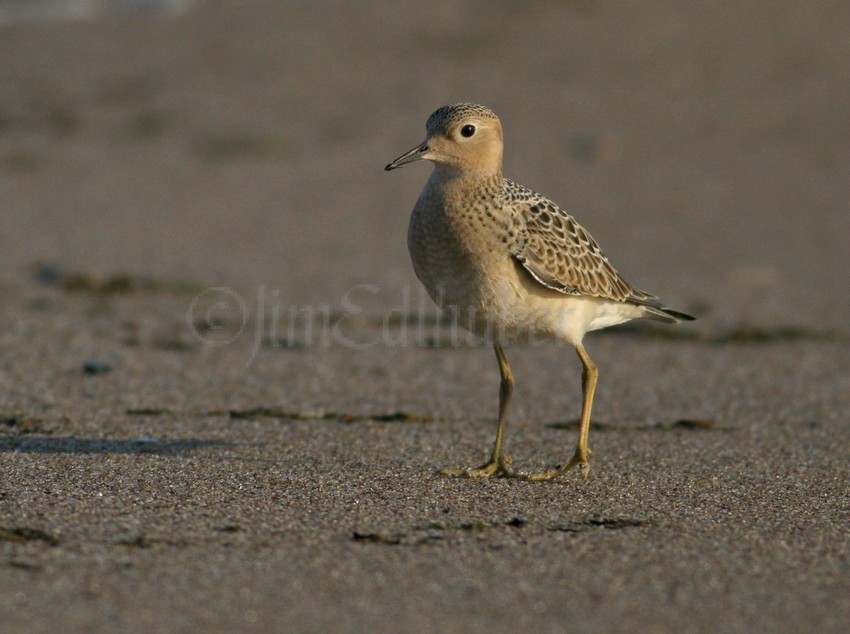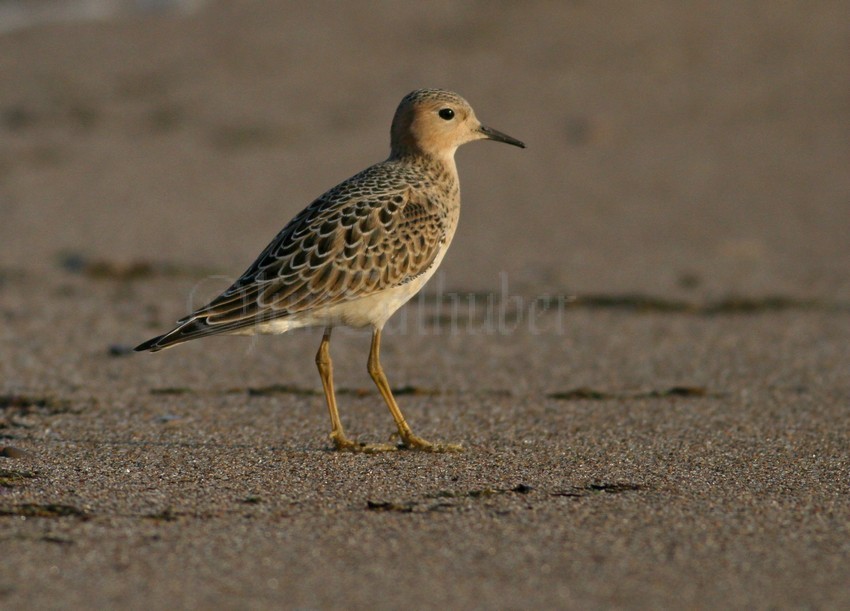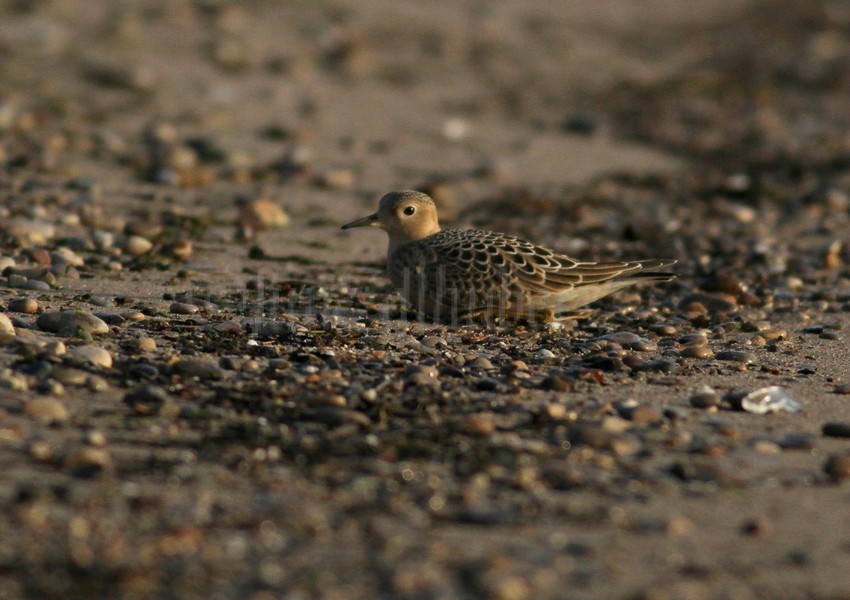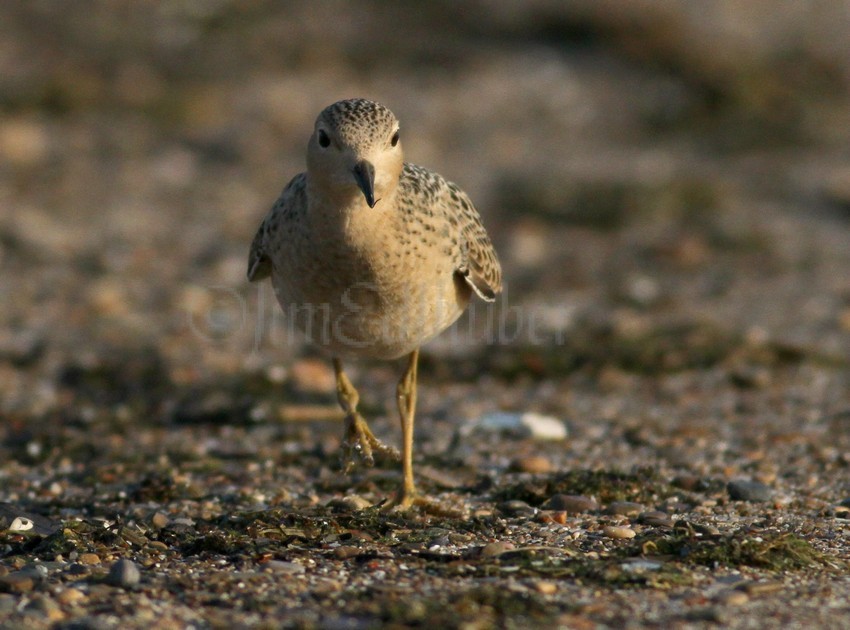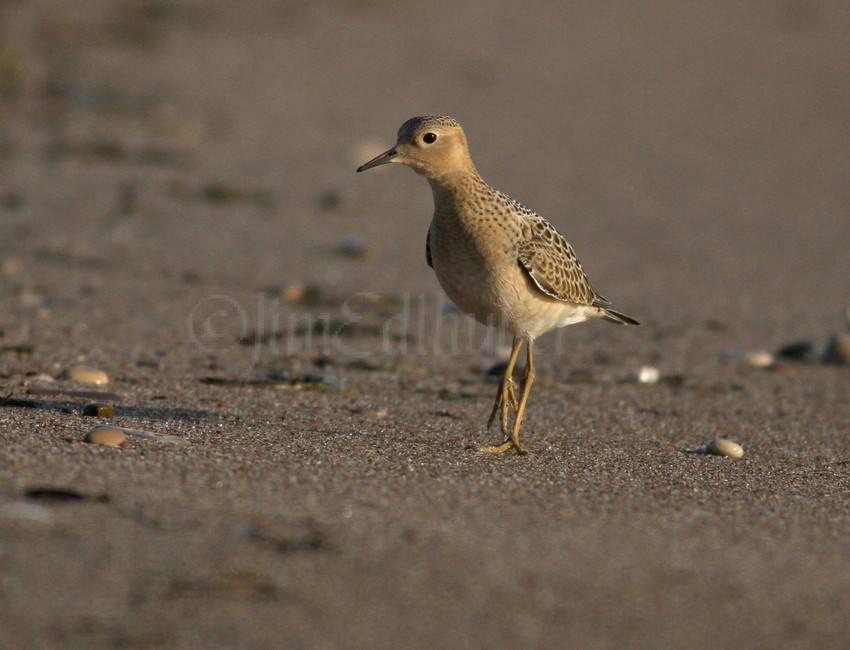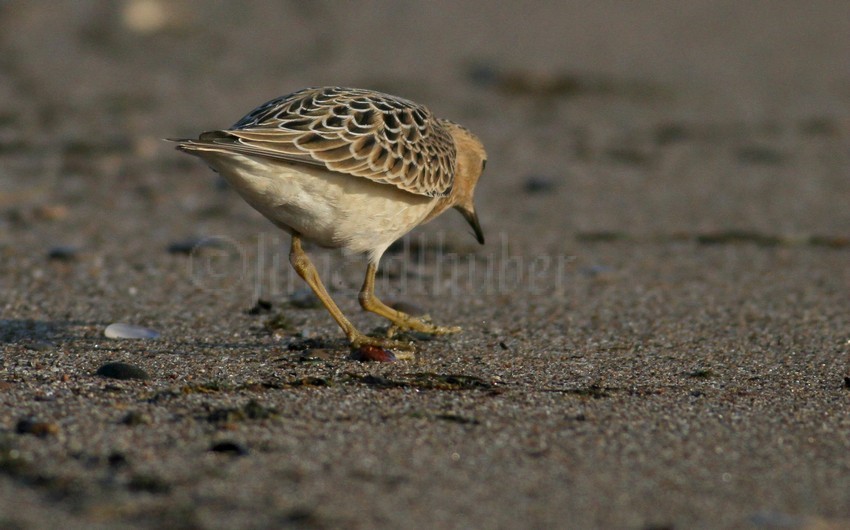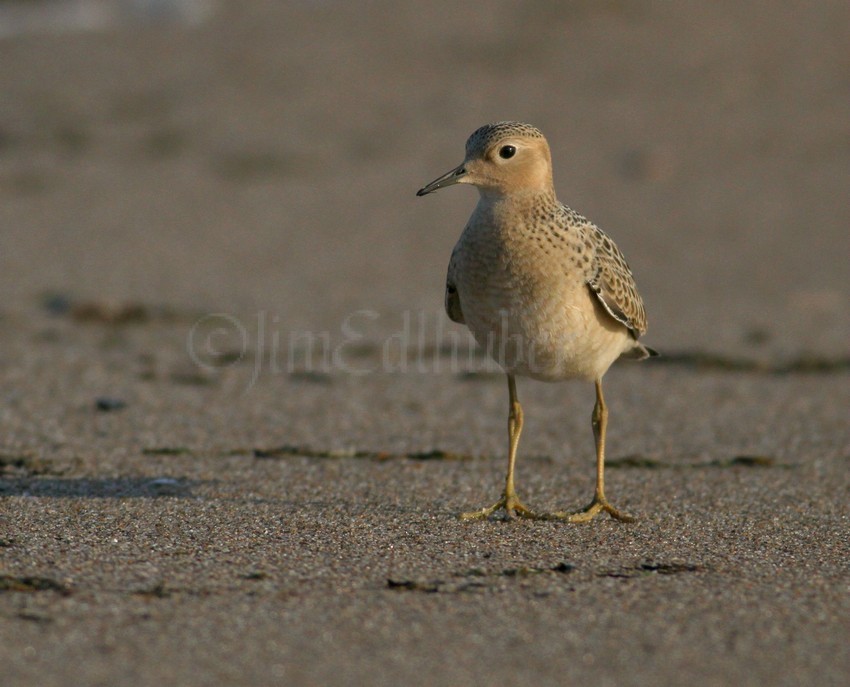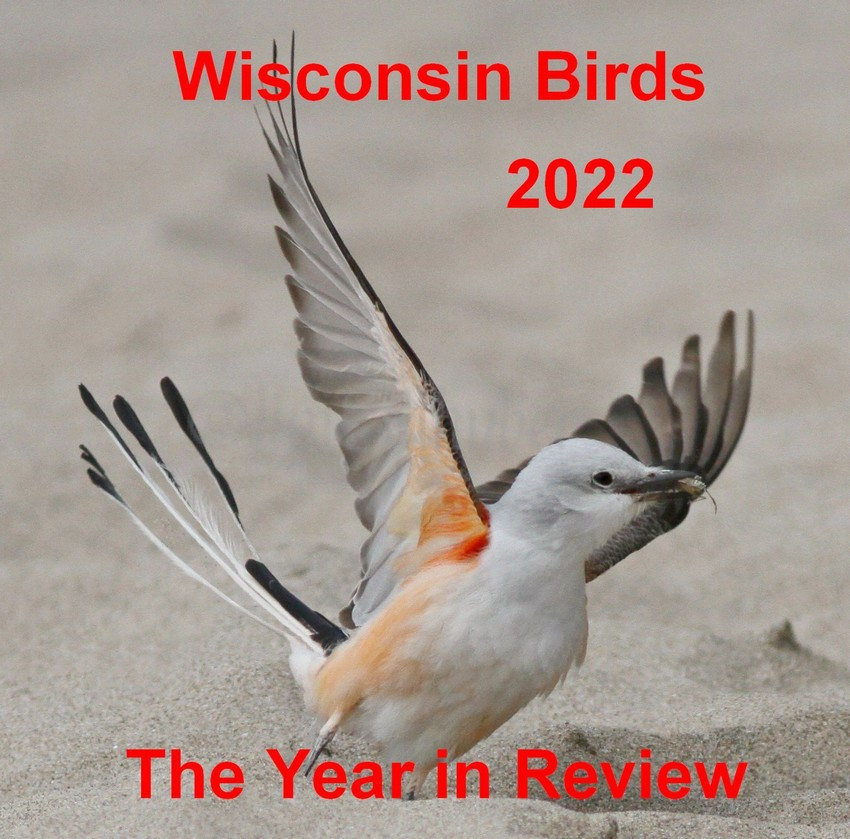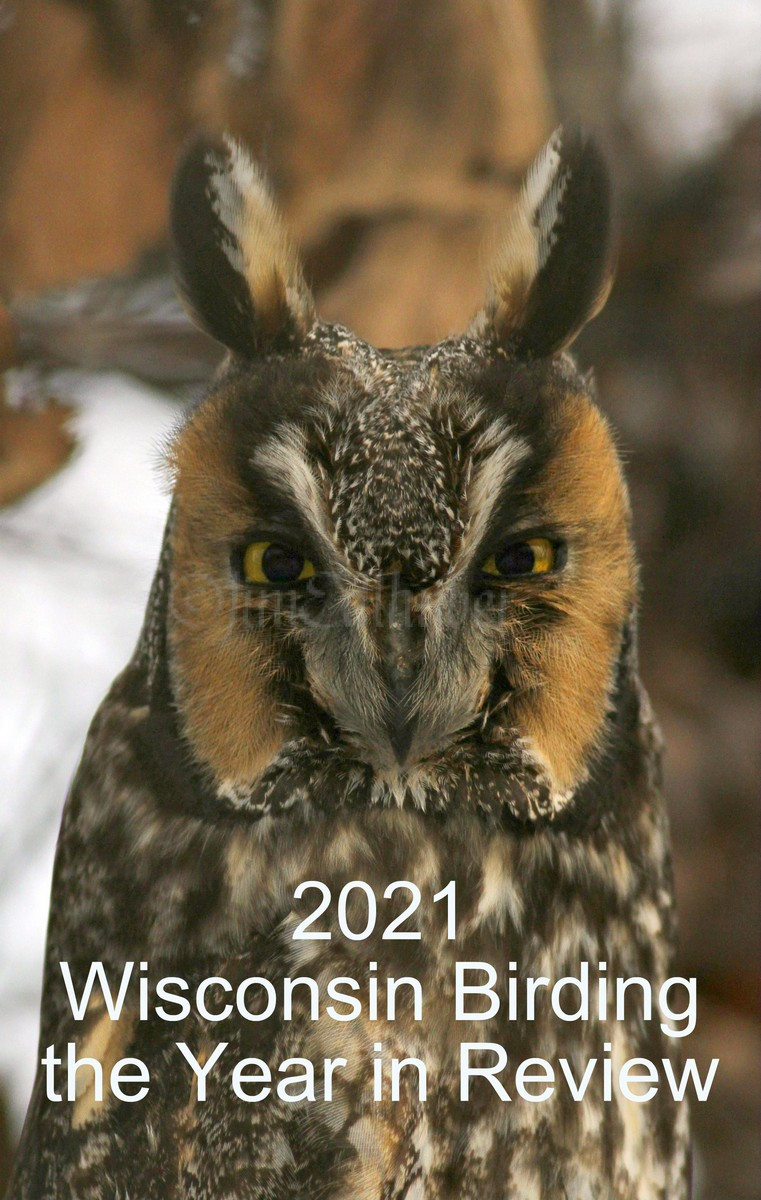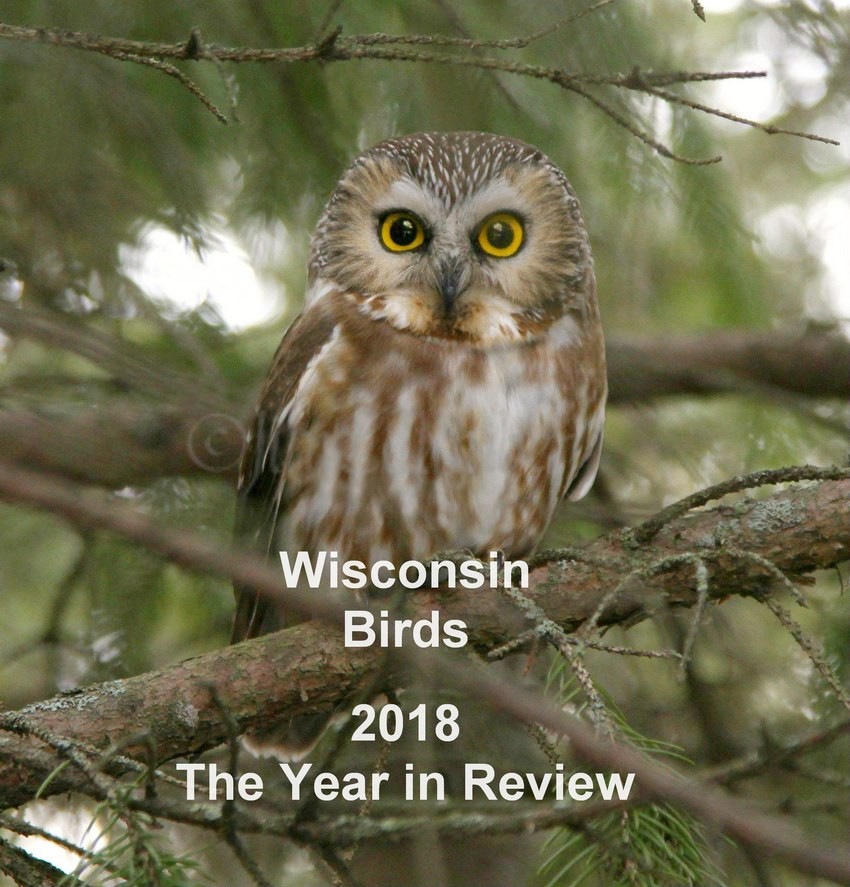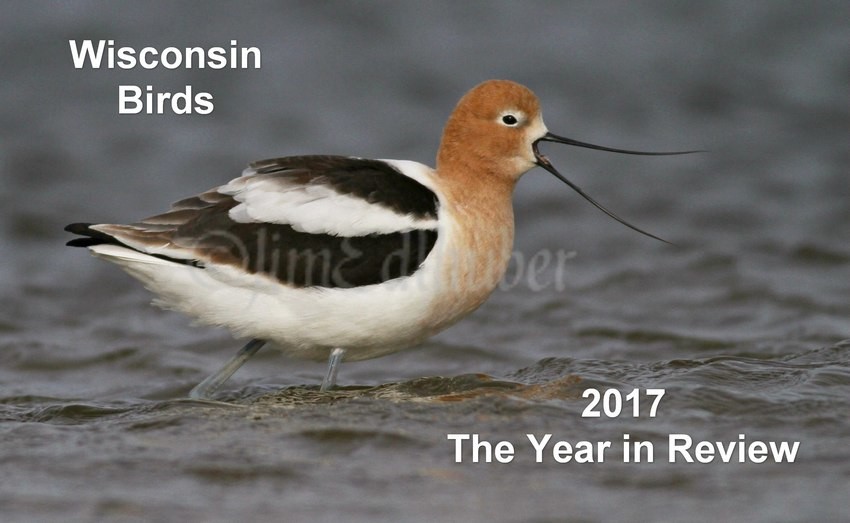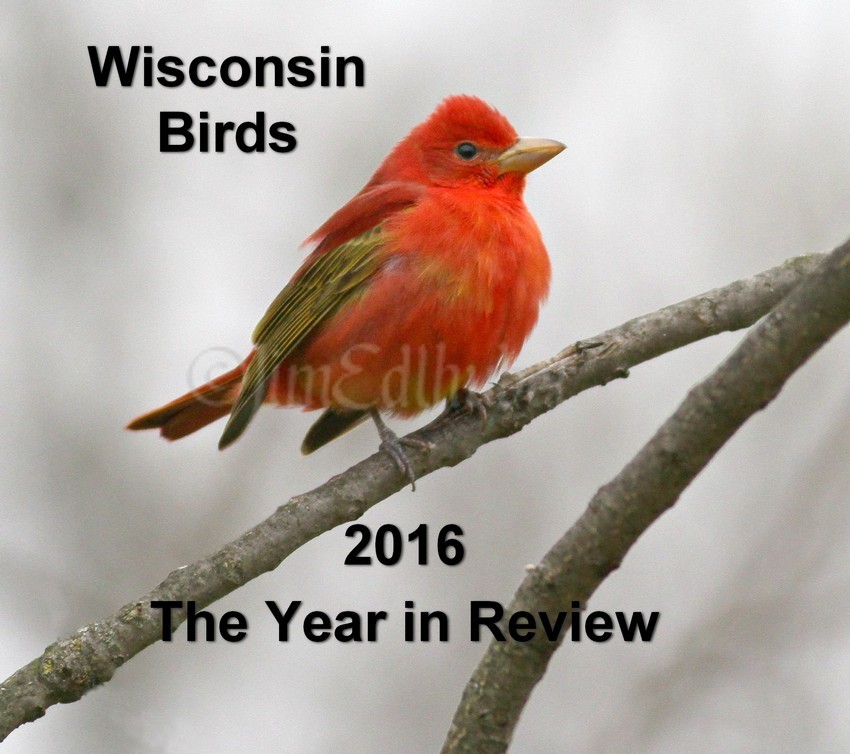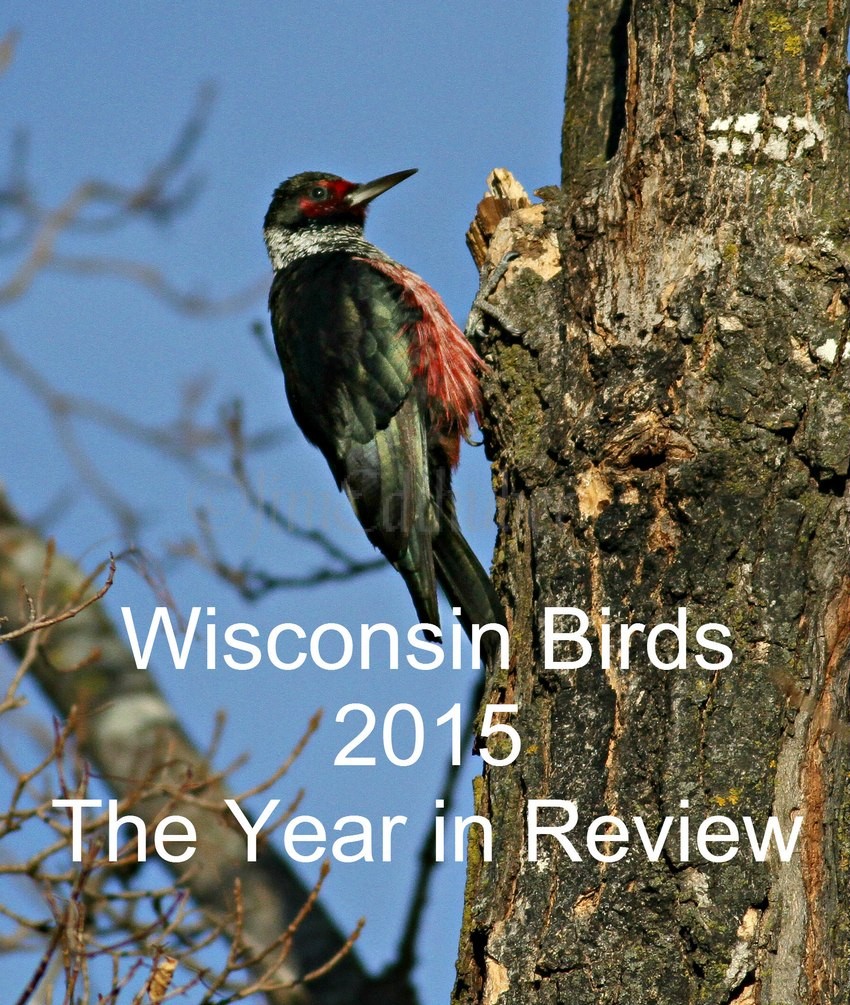I made the run to the South Metro Pier in Oak Creek Wisconsin very early this morning with hopes the juvenile Buff-breasted Sandpiper that was reported was still present. It was and it was about 1/4 north of the pier on the shoreline. It was actively feeding most of the time I was present. A real treat to see one close up as the previously Buff-breasted Sandpipers I have viewed were out in fields in and out of grasses, at sod farms and more distant.
Buff-breasted Sandpiper
Binomial name: Tryngites subruficollis
Category: Sandpipers, Phalaropes, and Allies
Size: 8.25” long, 18” wing span
Weight: 2.2 Oz.
Habitat: Breeding habitat is on the Arctic tundra in moist areas near water, bogs, and marshes that are open. During their very long migration they are typically found in short grass such as golf courses, pastures, sod farms, airfields, plowed and unplowed agricultural fields, not usually near water. They also can be found on pond or lake edges on sandy beaches. These birds winter at South American pampas, prairies, seasonal flooded areas.
Diet: They stand motionless scanning the ground, then dashing to insects, earthworms, larvae, flies, spiders, midges, beetles and other vertebrates they find. Their diet also sometimes includes seeds from plants.
Nesting: Nest is a shallow depression, a scrape on the ground from the female. The female lines it with moss, lichen, leaves and sedges. Usually 2-4 eggs are laid and incubated by the female for 23-25 days. The female provides the only parental care. Within one day of hatching the young leave the nest, they feed themselves, but the female tends to them.

